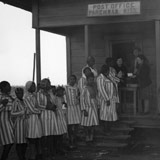
Black Women and the Carceral State
Two new books illustrate the central role of black women’s convict labor in the construction of the Jim Crow South, white womanhood, and American capitalism writ large.
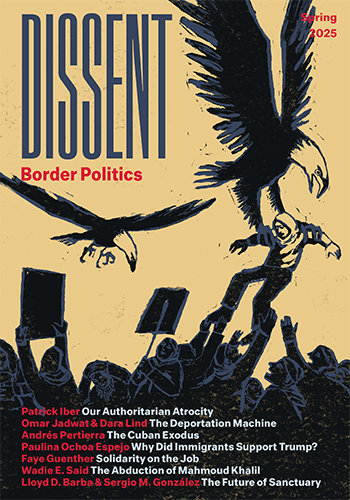

Two new books illustrate the central role of black women’s convict labor in the construction of the Jim Crow South, white womanhood, and American capitalism writ large.
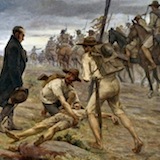
In her new book, Our Sister Republics, Caitlin Fitz exhumes a forgotten moment in the history of the Americas, a time when residents of the newly formed United States came to see Latin Americans as partners in a shared revolutionary experiment.

An interview with Eric Foner on the underground railroad in New York, how history helps us to understand change, and why the left should talk more about freedom.
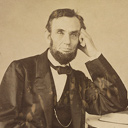
In 1861 Abraham Lincoln, in his first inaugural address, gave a legalistic account of why he must leave slavery untouched. By 1865 he was an impassioned evangelist for freedom. What prompted his dramatic transformation?
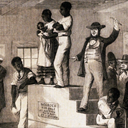
Witchcraft and racecraft—unlike witches and race—are things that actually exist.
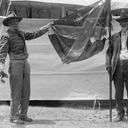
When state and municipal governments accord the rebel flag honor or recognition, they sanction all that the flag stood for: treason, slavery, and a race state.